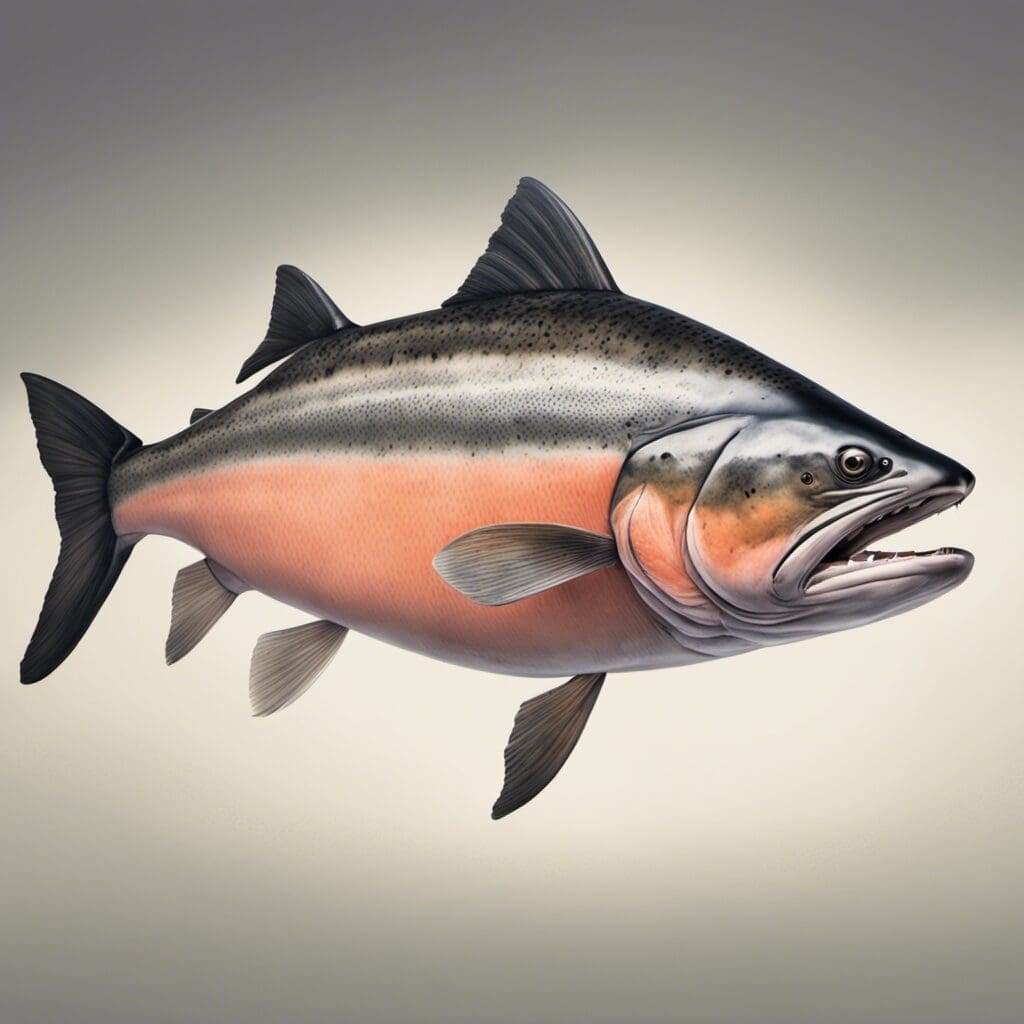Introduction
The Geelbek (Cape Salmon), scientifically known as Atractoscion aequidens, is a member of the Sciaenidae family.
Conservation Status
The current conservation status of Geelbek is classified as ‘Not Evaluated’, which means it has yet to be assessed by the International Union for Conservation of Nature (IUCN). Conservation efforts for this species are currently minimal due to this lack of assessment.
Statistics
| Length – Average | 1 m |
|---|---|
| Length – Range | 0.6 – 1.5 m |
| Weight – Average | 5 kg |
| Weight – Range | 2 – 16 kg |
| Average Lifespan | 12 years |
Distribution
Geelbek are found in regions spanning from the Eastern Cape in South Africa up to Angola. This species reportedly does not pursue notable migration patterns.
Habitats
Geelbek inhabit both fresh and saltwater bodies. They are commonly found in varying depth ranges but particularly thrive in water temperatures of 10 – 23 degrees Celsius.
When and Where to See
Geelbek are typically seen year-round, but sightings increase during breeding season, typically from October to December. They’re most active during the evening and night hours.
Best Fishing Locations
General Tips:
Finding Geelbek outside these locations is a matter of looking for sandy bottom habitats near rocky reefs.
How to Catch
Preferred bait for catching Geelbek includes mullet, mackerel, or squid. Techniques vary considerably, but fly fishing, trolling, and bottom fishing yield the best results. The best time of day or season for fishing is during the evening or at night, particularly during their breeding season from October to December.
Identification Guide
Geelbek have a peculiar colour- silver on the belly area, bronze-gray on the top. They sport a thin, elongated body with a moderately pointed head. Comparing with similar species, Geelbek are often confused with Atlantic Salmon, due to their similar colouring, but can be distinguished by their more elongated shape.
Culinary
How to Cook:
Geelbek meat can be pan-fried, grilled, baked, or braised. The high oil content of the fish gives it a unique texture and flavor.
Taste Profile:
The flesh has a light, sweet flavour with a flaky texture.
Nutritional Information:
Geelbek are a good source of protein, vitamin D, and omega-3 fatty acids.
Recipes:
Favourites include grilled cape salmon with lemon butter sauce, and pan-seared geelbek with a side of roasted vegetables.
Additional Information
Behavior:
Geelbek feed primarily on various types of fish, cephalopods, and crustaceans. They typically form schools during spawning.
Predators and Threats:
The primary natural predators of Geelbek include larger fish and marine mammals, while overfishing poses a potential threat.
Cultural/Historical Significance:
In South African coastal communities, Geelbek, also known as Cape Salmon, is highly regarded for its culinary value and its role in traditional fishing culture.
References and Further Reading
To delve further into the life and habits of the Geelbek, recommended readings include “The Life History of the South African Maasbanker, Trachurus Trachurus (Linnaeus)” and “Field Guide to the Offshore Marine Invertebrates of South Africa

